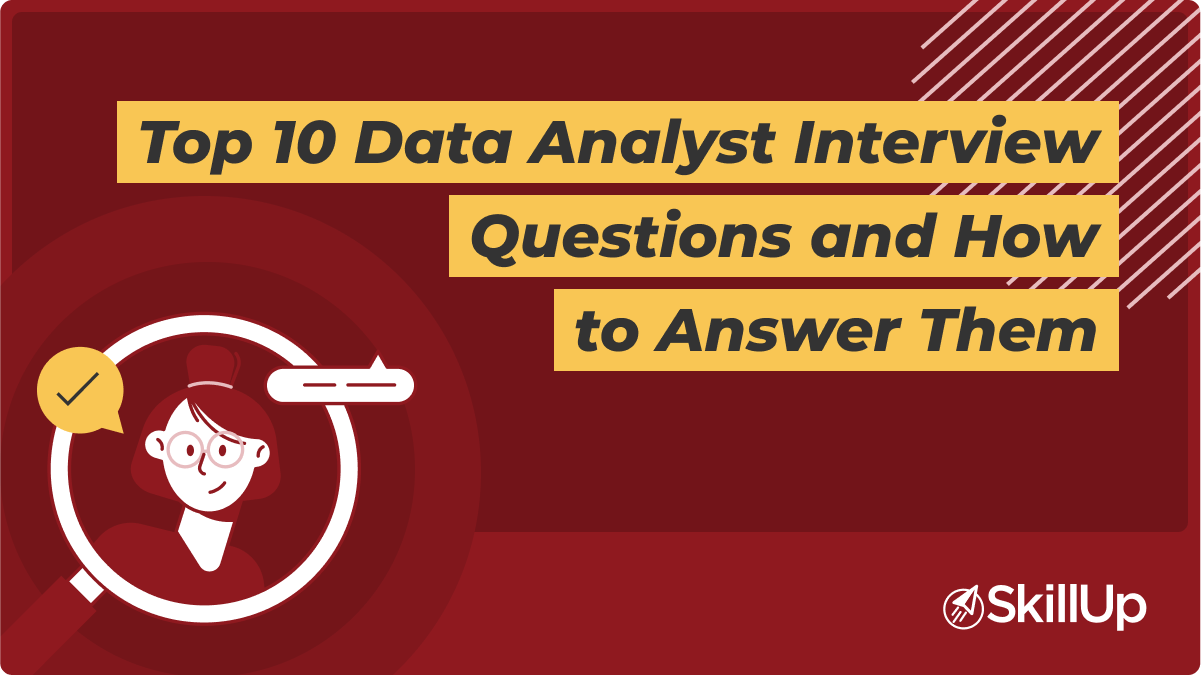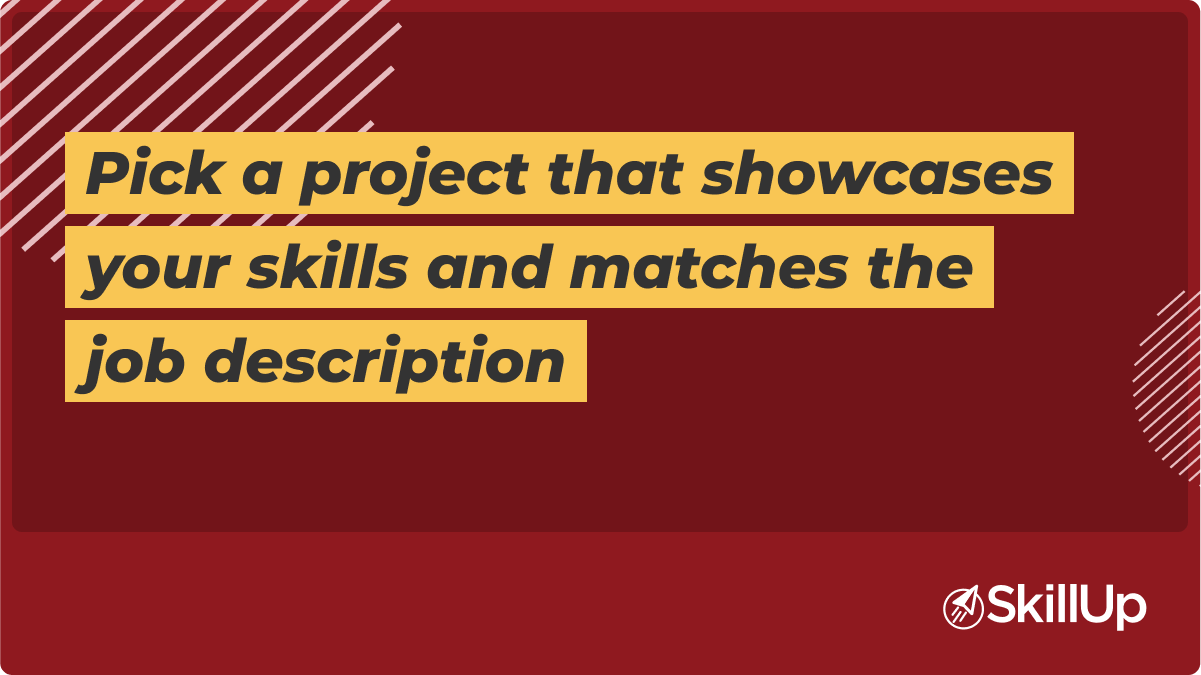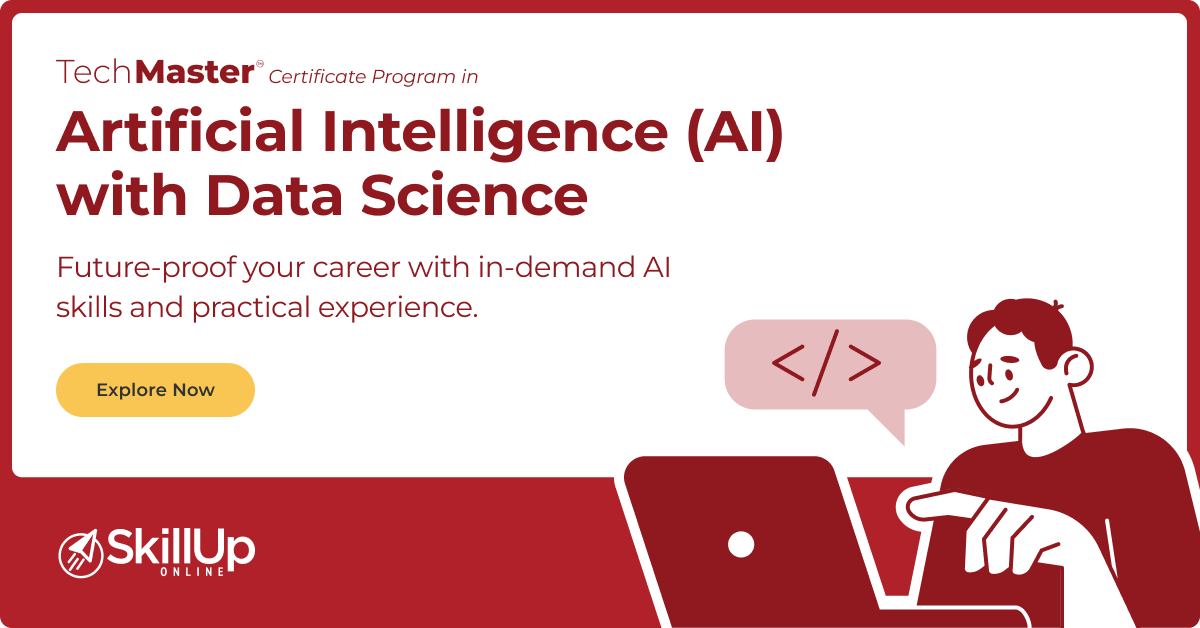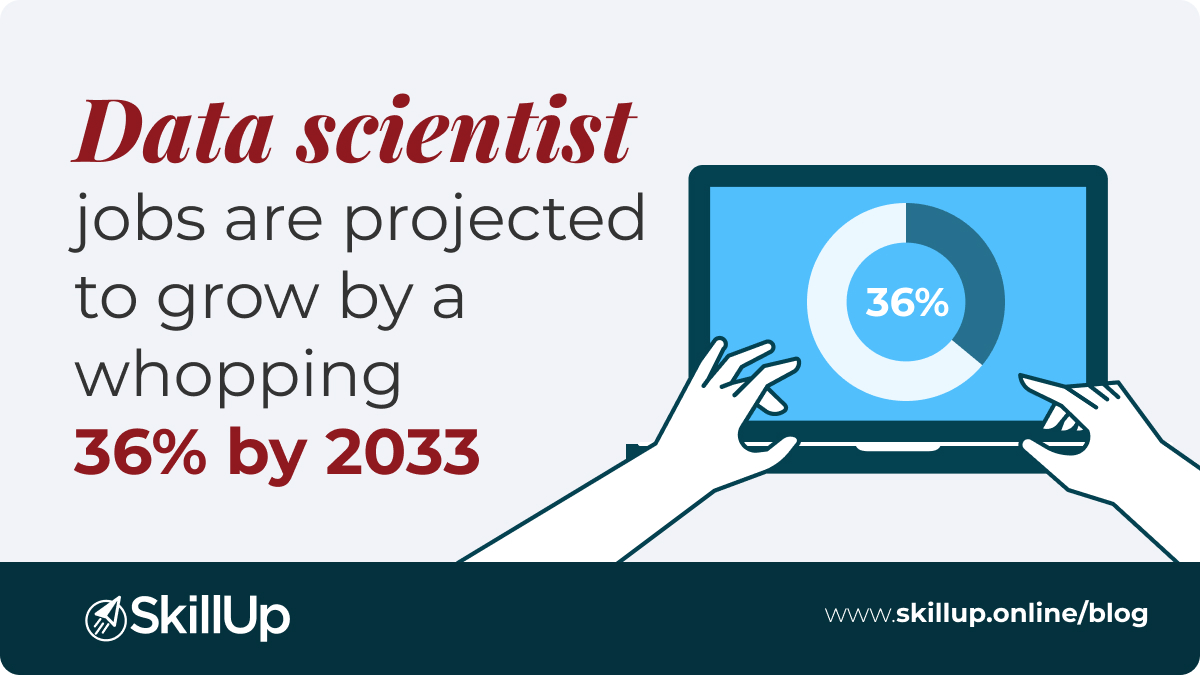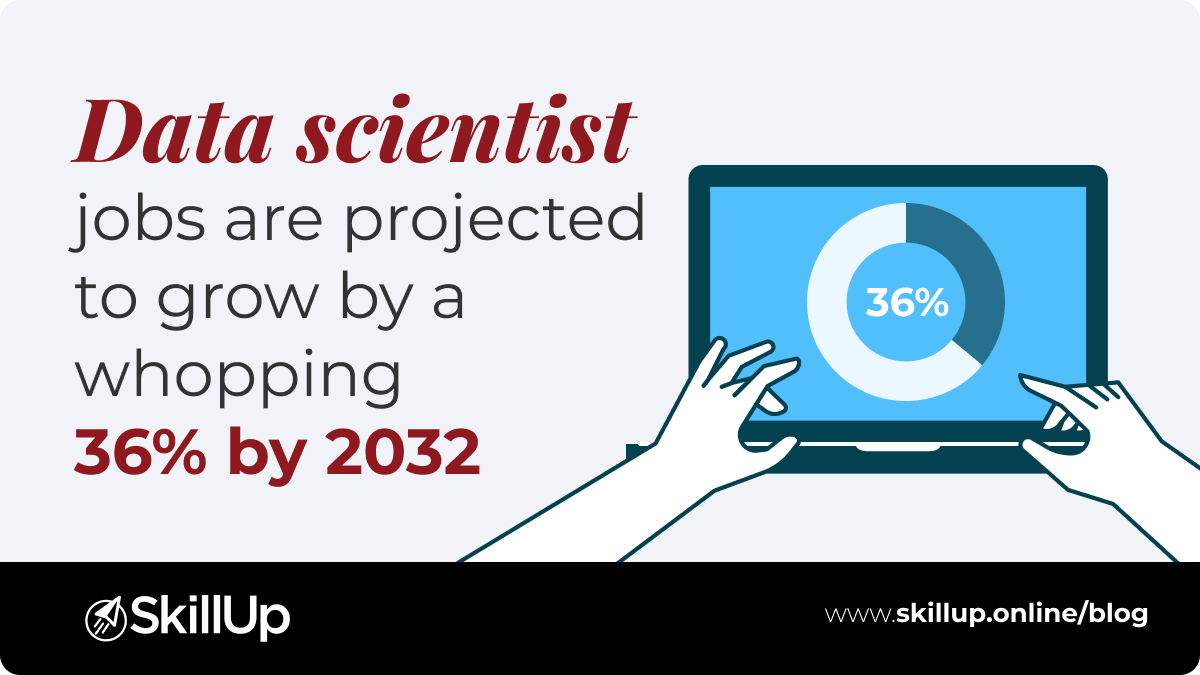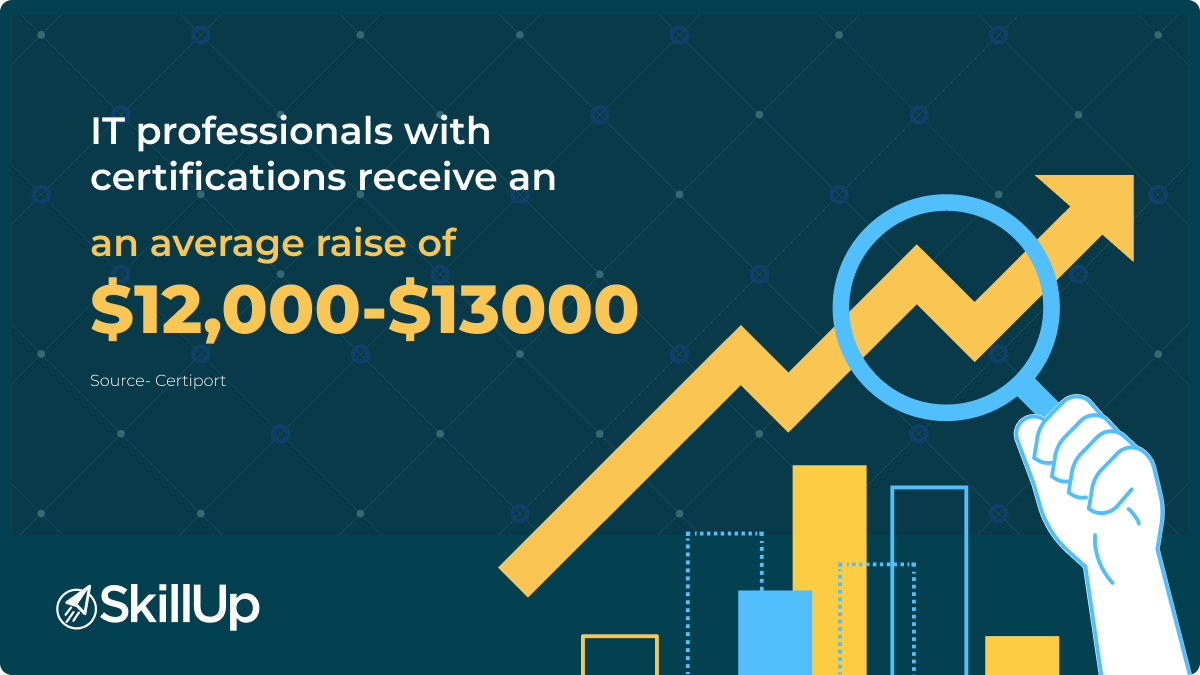Did you know… 90 seconds is all it takes for 33% of recruiters to decide if a candidate will be hired or not? Scary, huh?! Because it means that what you know is only half the answer to winning an interviewer over… the most important half is how you get your message across.
So, if you’re looking for top tips on how to ace your next data analyst interview… then read on!
1. Can You Describe Your Experience with Data Analysis Tools?
This question is almost a given in any data analyst interview. Employers want to know which tools you’re proficient in and how you’ve used them in past roles. The key here is to be specific.
How to Answer:
- Mention the tools you’ve used, such as Excel, SQL, Python, R, Tableau, or Power BI.
- Provide examples of projects where you applied these tools effectively.
- Highlight any advanced features or techniques you’ve mastered, such as using pivot tables in Excel, writing complex SQL queries, or creating interactive dashboards in Tableau.
Example Response:
“In my previous role, I extensively used SQL to extract and manipulate data from our database. I also used Tableau to create interactive dashboards that allowed the management team to visualize key performance metrics. One project I’m particularly proud of involved using Python to automate data cleaning processes, which reduced errors and saved the team several hours each week.”
2. How Do You Approach Data Cleaning?
Data cleaning is a critical part of a data analyst’s job, and employers want to see that you understand its importance. They’re also looking to gauge your problem-solving skills and attention to detail.
How to Answer:
- Discuss the common issues you’ve encountered with data, such as missing values, duplicates, or outliers.
- Explain your step-by-step approach to identifying and fixing these issues.
- Mention any specific tools or techniques you use for data cleaning, such as Python’s Pandas library or Excel functions.
Example Response:
“I start by running a preliminary analysis to identify any missing values, duplicates, or outliers. For missing data, I assess whether it’s appropriate to fill in values using methods like mean imputation or whether certain rows should be removed entirely. I also use Python’s Pandas library to automate parts of this process, which helps ensure consistency and accuracy.”
3. How Do You Handle Large Datasets?
Handling large datasets is a common challenge in data analysis, and employers want to know that you can manage this effectively without compromising on performance or accuracy.
How to Answer:
- Talk about your experience working with large datasets and any specific challenges you’ve faced.
- Mention the tools and techniques you use to optimize performance, such as indexing in SQL or using efficient data structures in Python.
- Provide examples of how you’ve managed large datasets in previous projects.
Example Response:
“I have experience working with datasets that contain millions of rows. To manage these efficiently, I use indexing in SQL, which significantly speeds up query performance. Additionally, I break down the data into smaller, more manageable chunks and use parallel processing in Python to handle tasks like data cleaning and analysis.”
4. Can You Walk Us Through a Recent Data Analysis Project?
This question is an opportunity to showcase your hands-on experience and how you approach a data analysis project from start to finish.
How to Answer:
- Choose a project that highlights your skills and is relevant to the job you’re applying for.
- Walk through the project’s objectives, your approach, the tools you used, and the results you achieved.
- Focus on your role in the project and how your contributions led to successful outcomes.
Example Response:
“In my last role, I worked on a project to analyze customer churn for a subscription-based service. I started by collecting and cleaning the data, which involved merging datasets from different sources. I then used SQL and Python for data exploration and analysis, identifying key factors that contributed to churn. Finally, I built a predictive model using logistic regression, which helped the company target at-risk customers with a 20% reduction in churn over six months.”
5. How Do You Communicate Your Findings to Non-Technical Stakeholders?
As a data analyst, it’s crucial to be able to translate complex data into actionable insights for stakeholders who may not have a technical background.
How to Answer:
- Emphasize the importance of clear and concise communication.
- Talk about your experience creating reports, visualizations, or presentations tailored to a non-technical audience.
- Provide an example of how you successfully communicated your findings in a previous role.
Example Response:
“I believe in the power of storytelling when it comes to data. I always start with the key insights and why they matter to the business. I use visualizations like charts and dashboards to make the data more accessible. For example, in a recent project, I presented my findings on customer behavior to the marketing team using a Tableau dashboard, which helped them identify new targeting strategies. Their campaign’s ROI increased by 15% as a result.”
6. What Is Your Experience with A/B Testing?
A/B testing is a common method used to evaluate the impact of changes in a controlled environment. Employers want to know that you understand the methodology and can apply it effectively.
How to Answer:
- Explain the concept of A/B testing and its importance in decision-making.
- Discuss any experience you have running A/B tests, including the tools you used and how you interpreted the results.
- Highlight how you’ve used A/B testing to drive business decisions.
Example Response:
“A/B testing is a key tool for making data-driven decisions. I’ve used it extensively in my previous role to test changes in user experience on our website. We used Google Analytics to run the tests and track user engagement. One significant test involved changing the call-to-action button on the homepage, which resulted in a 10% increase in conversion rates.”
7. How Do You Stay Updated with the Latest Data Analysis Trends and Tools?
The field of data analysis is constantly evolving, and employers want to hire analysts who are proactive about staying current.
With the way AI is advancing, it would be safe to talk about AI’s role in data analytics and how you’re keeping up with it to stay ahead of the curve. You should talk about the AI courses or programs you’ve completed to show your commitment towards continuous learning.
One such program is the TechMaster Certificate Program in Artificial Intelligence with Data Science. It covers key skills and knowledge required to make you an indispensable resource for any organization.
How to Answer:
- Discuss your approach to continuous learning, such as attending workshops, taking online courses, or following industry blogs.
- Mention any recent certifications or courses you’ve completed.
- Highlight how staying updated has benefited your work.
Example Response:
“I’m passionate about continuous learning, and I regularly attend webinars and workshops to stay updated with the latest trends. I also follow industry blogs and am active in online data science communities. Recently, I completed a course on machine learning, which has allowed me to integrate predictive modeling into my work more effectively.”
8. What Are the Most Important Metrics You Track as a Data Analyst?
Metrics are the backbone of data analysis, and this question is designed to see if you understand which metrics are most relevant to the business.
How to Answer:
- Tailor your answer to the industry or role you’re applying for.
- Discuss the key performance indicators (KPIs) or metrics you’ve tracked in previous roles and why they were important.
- Provide examples of how tracking these metrics has led to actionable insights.
Example Response:
“The most important metrics depend on the business goals, but in my previous role, I focused on customer lifetime value, churn rate, and net promoter score (NPS). Tracking these metrics helped us identify areas for improvement in customer retention and satisfaction. For instance, by analyzing churn rate trends, we were able to implement a loyalty program that reduced churn by 15%.”
9. How Do You Ensure the Accuracy and Integrity of Your Data?
Data accuracy and integrity are critical in data analysis, and employers want to know that you have robust methods for ensuring the data you work with is reliable.
How to Answer:
- Discuss the steps you take to validate data and ensure its accuracy.
- Mention any tools or techniques you use for data validation, such as automated checks or data audits.
- Provide examples of how you’ve identified and corrected data issues in the past.
Example Response:
“I take data accuracy very seriously. I always start by validating the data source and cross-referencing it with other datasets when possible. I use automated checks to identify any discrepancies or outliers. For example, in a previous role, I detected a data inconsistency that was skewing our sales reports. By correcting it, we were able to provide more accurate insights to the sales team.”
10. What Are the Challenges You’ve Faced as a Data Analyst and How Did You Overcome Them?
This question allows you to demonstrate your problem-solving skills and resilience in the face of challenges.
How to Answer:
- Choose a challenge that highlights your ability to adapt and find solutions.
- Discuss how you approached the challenge and the steps you took to overcome it.
- Emphasize the positive outcome of your efforts.
Example Response:
“One of the biggest challenges I faced was integrating data from multiple, inconsistent sources. This was causing delays in our reporting process. To tackle this, I led a project to standardize data formats across sources and implemented an ETL (Extract, Transform, Load) process to streamline data integration. As a result, we reduced our reporting time by 50% and improved the accuracy of our reports.”
What’s Next?
As you can see, most of these interview questions revolve around what you already know. All that you need is a little preparation and clarity to convey your thoughts in the right manner.
By familiarizing yourself with the above common questions and crafting thoughtful responses, you’ll be well on your way to making a strong impression. Remember, it’s not just about answering but HOW you’re answering.
If you would like to know more about how you can stay ahead of the curve as a data analyst, contact our Learner Support Team at [email protected]. They will be more than happy to guide you on your next steps.
SkillUp Online
